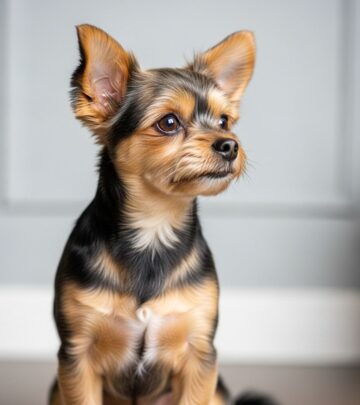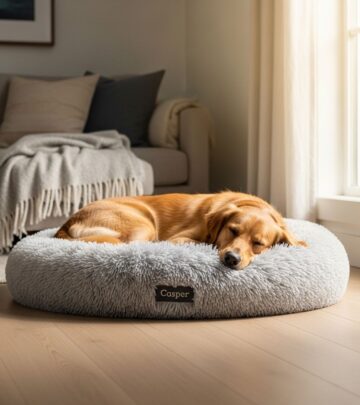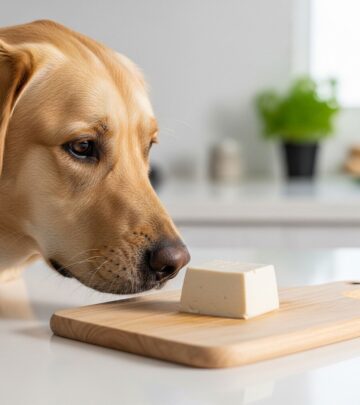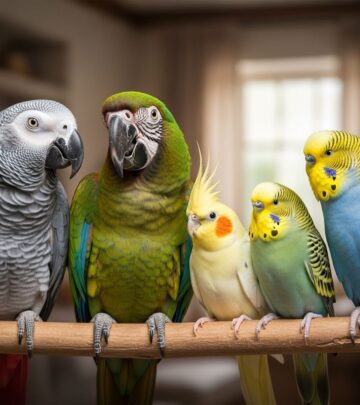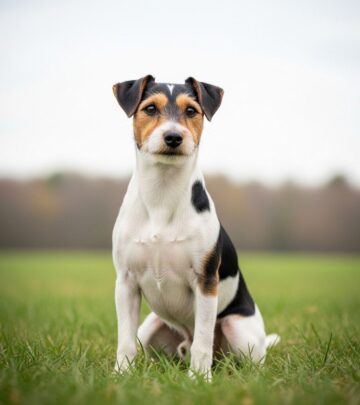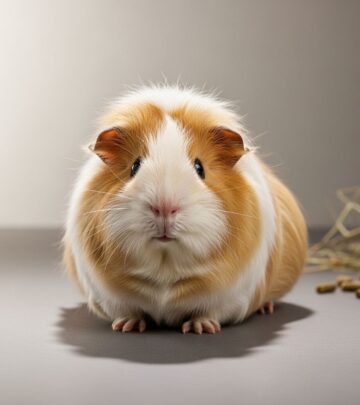Norfolk Terrier: Complete Guide To Care And Training
Discover the Norfolk Terrier—an energetic, affectionate, and fearless companion bred for work and adventure.
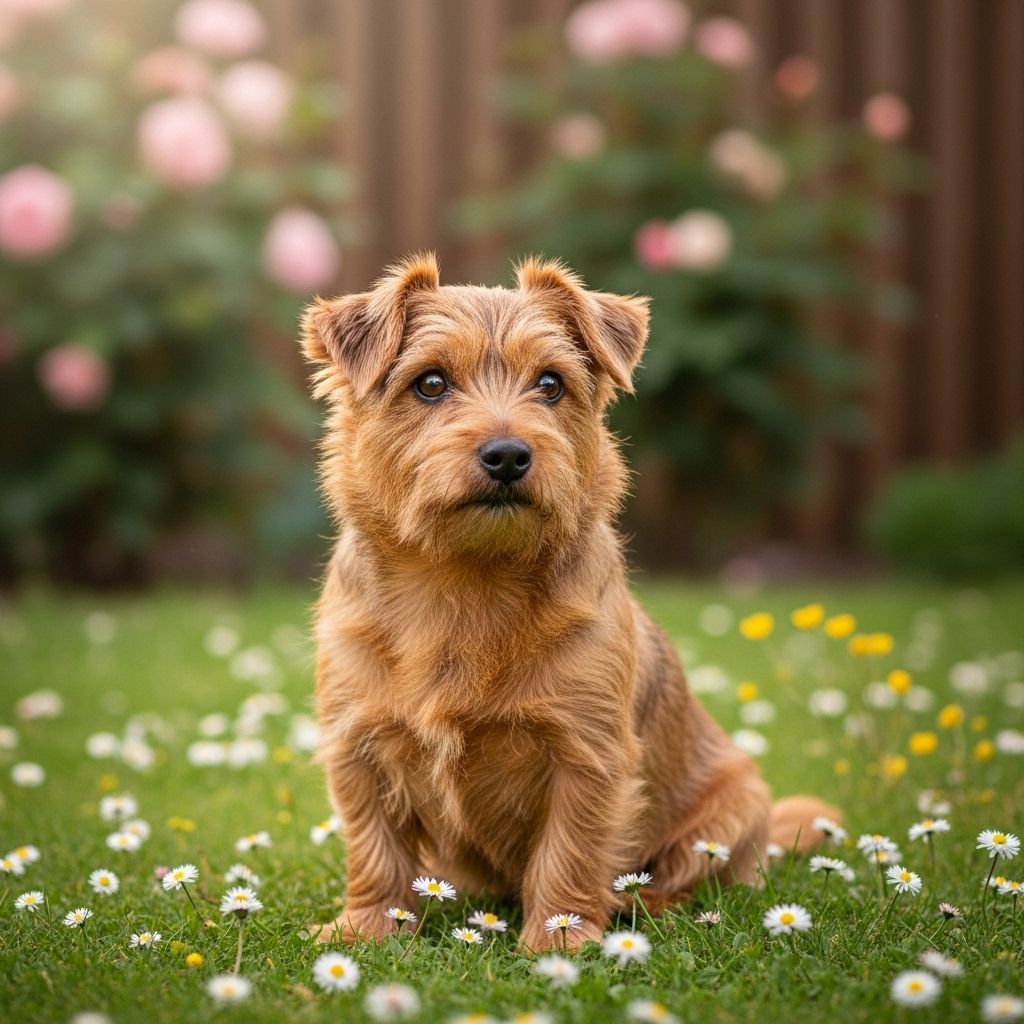
Image: HearthJunction Design Team
Norfolk Terrier: The Spirited, Sociable Hunter in a Small Package
The Norfolk Terrier is a pint-sized powerhouse—a true terrier, brimming with energy, boldness, and affectionate charm. One of the smallest members of the working terrier group, the Norfolk has long been celebrated for its hardy constitution, unique dropped ears, and an indomitable spirit that makes it both a delightful companion and a formidable field worker. In this article, we’ll explore the origins, personality, care requirements, and unique qualities that set the Norfolk Terrier apart from other breeds.
Breed Overview
- Group: Terrier
- Height: 9–10 inches at the shoulder
- Weight: 11–12 pounds
- Coat: Harsh, wiry, straight; weather-resistant
- Colors: Red, wheaten, black and tan, or grizzle
- Life Expectancy: 12–16 years
- Temperament: Affectionate, fearless, sociable, energetic
History & Origins
The Norfolk Terrier shares its early history with the Norwich Terrier. Originally bred in England, these dogs were developed to control the rat population and assist in foxhunts by entering burrows to flush out game. Until the mid-20th century, Norfolks and Norwiches were considered the same breed; the distinction arose formally in England in 1964 and was later recognized by the American Kennel Club (AKC) in 1979. The most distinguishing feature became the ear carriage: Norfolks have drop (folded) ears, while Norwich Terriers have erect, prick ears.
As pack hunters, Norfolks were designed to work harmoniously with other dogs, which set them apart from many independent-minded terriers. Today, the breed excels both in the field and as an affectionate companion in modern homes.
Physical Characteristics
Despite their small stature, Norfolk Terriers are sturdy, compact, and well-muscled. Everything about their build is designed for resilience and agility in harsh working environments.
- Head: Broad, slightly rounded skull; wedge-shaped muzzle; large teeth with a scissors bite
- Ears: Small, dropped, folding forward with rounded tips
- Eyes: Small, oval, dark with expressive black rims
- Body: Sturdy, slightly rectangular (longer than tall), strong bone and substance
- Tail: Traditionally docked but not excessively; carried straight and set high
- Feet: Rounded with thick pads for digging and rough terrain
- Coat: Harsh, wiry, and weather-resistant with a protective undercoat. Longer hair around the neck and chest forms a slight mane.
- Color: Various shades of red, wheaten, black and tan, or grizzle. Darker points are allowed, but white markings are discouraged.
Temperament & Personality
The Norfolk Terrier’s personality is a blend of classic terrier boldness and a remarkable sociability uncommon in the group. While these dogs love adventure and remain intrepid in the face of a challenge, they are also notably affectionate with people and compatible with other dogs. Key personality traits include:
- Fearlessness: True to their working roots, Norfolks possess a game spirit and a high prey drive.
- Sociability: More gregarious than many terriers, they were bred to work in packs and tend to get along with other dogs and their human families, making them well-suited to multi-pet households.
- Affection: Loyal and loving, Norfolks bond closely to their owners and are known for their playful, cheerful disposition.
- Activity: Energetic and inquisitive, they require regular exercise and mental stimulation.
Living with a Norfolk Terrier
Despite their working heritage, Norfolk Terriers adapt wonderfully to family life. They relish both companionship and activity, needing outlets for their intelligence and energy. Here’s what to expect when living with a Norfolk:
- Family Life: Norfolks are excellent with children and integrate well into family routines. Their friendly nature means they typically get along with other pets, especially when socialized early.
- Apartment Living: Compact and adaptable, Norfolks are suitable for apartment dwellers—provided their needs for exercise and interaction are met. Their alertness makes them good watchdogs, though not excessive barkers if properly trained.
- Travel and Adventure: Always ready for adventure, they travel well and enjoy participating in family excursions and outdoor activities.
Exercise & Activity Needs
Norfolk Terriers are energetic and thrive on regular activity. Without sufficient physical and mental stimulation, they can become bored and potentially destructive. Their exercise requirements include:
- Daily walks and play sessions
- Interactive games, such as fetch or agility
- Opportunities for safe off-leash running in secure areas
- Mental activities, such as scent games or puzzle toys
Despite their size, these dogs are not “lapdogs”—they’re working terriers at heart and require outlets for their considerable pep and curiosity.
Grooming & Care
The Norfolk Terrier’s harsh, wiry coat is weather-resistant and relatively low-maintenance compared to some other breeds, but it does need regular attention to look its best and keep the dog comfortable.
- Brushing: Brushing 2–3 times a week with a slicker brush or comb helps remove dead hair and prevent matting.
- Hand-Stripping: To maintain coat texture and color, hand-stripping (removing dead hair by hand) every few months is recommended over clipping, which can soften the coat.
- Bathing: Bathe only as needed; the coat naturally repels dirt.
- Other Care: Regular ear cleaning, teeth brushing, and nail trimming are essential parts of the Norfolk’s grooming routine.
Training & Socialization
Intelligent, alert, and eager to please, Norfolk Terriers respond well to positive and consistent training. Early socialization is critical for helping them grow into confident, well-mannered adults. Considerations for training include:
- Positive Reinforcement: Use treats, praise, and play to encourage good behavior.
- Consistency: Set firm, clear rules and stick to them—Norfolks are clever and will exploit inconsistency.
- Socialization: Expose the puppy to various people, places, and situations from a young age.
- Terrier Drive: Recall training is especially important, as their prey instinct can sometimes make them chase after small animals.
Health & Lifespan
Norfolk Terriers are generally hardy, but like all breeds, they are predisposed to certain health issues. Responsible breeders test for hereditary conditions to help ensure healthy puppies. Commonly screened conditions include:
- Hip dysplasia
- Patellar luxation
- Mitral valve disease
- Eye disorders
With proper care, Norfolks enjoy a typical lifespan of 12–16 years, and many live happy, active lives into their teens.
Choosing & Finding a Norfolk Terrier
If you’re considering adding a Norfolk Terrier to your household, it’s crucial to find a responsible breeder who prioritizes health, temperament, and socialization. Interview breeders, ask about health testing, and meet the puppies’ parents if possible. Rescue groups and breed-specific organizations can also help match Norfolks in need to loving homes.
- Check with the Norfolk Terrier Club for breed-specific information and contacts.
- Consult the AKC Marketplace for reputable breeders.
Norfolk Terrier vs. Norwich Terrier
| Feature | Norfolk Terrier | Norwich Terrier |
|---|---|---|
| Ear Type | Dropped, pointed forward | Pricked, upright |
| Temperament | Slightly more sociable | Alert, bold, independent |
| History | Became distinct breed in 1964 (UK), 1979 (AKC) | Original form, recognized earlier |
| Size | Similar; both around 9–10 inches, 11–12 lbs | Similar; both around 9–10 inches, 11–12 lbs |
Fun Facts About Norfolk Terriers
- They are among the smallest of working terriers, yet incredibly robust and energetic.
- Norfolks were originally bred for both solo and pack work, making them more gregarious than many terriers.
- Despite their size, Norfolks are not lapdogs—they are fearless and game for any adventure.
- The breed’s weather-resistant coat is specifically designed to protect them during rough field work.
- The affectionate and fun-loving personality of this breed makes them both entertaining and endearing companions.
Frequently Asked Questions (FAQs)
Q: Are Norfolk Terriers good with children?
A: Yes, Norfolk Terriers are typically excellent with children. Their social nature, sturdy build, and affectionate temperament make them great family pets when properly socialized and supervised.
Q: Do Norfolk Terriers get along with other pets?
A: Generally, yes. Because they were bred to work in packs, Norfolks often do well with other dogs and can adapt to households with other pets, especially when introduced early.
Q: How much exercise does a Norfolk Terrier need?
A: Norfolks require daily exercise—at least one or two brisk walks and active play sessions. They are energetic and benefit from mental stimulation and interactive games.
Q: Is the Norfolk Terrier hypoallergenic?
A: No breed is truly hypoallergenic, and Norfolks do shed minimally due to their wiry coats. Regular grooming helps reduce loose hair and dander.
Q: Are Norfolk Terriers easy to train?
A: They are intelligent and eager to please, but like all terriers, can be independent and strong-willed. Positive, consistent training and early socialization are key to success.
Conclusion
The Norfolk Terrier combines the best of both worlds: the bold spirit of a working terrier and the affectionate heart of a family companion. Its adaptability, sturdy build, and ebullient personality make it an ideal choice for active individuals and families who can provide the exercise, companionship, and structure these energetic little dogs need. Whether you’re looking for a partner on adventures, a loyal lap companion, or a sociable family dog, the Norfolk Terrier is sure to charm all who meet them.
References
Read full bio of medha deb

